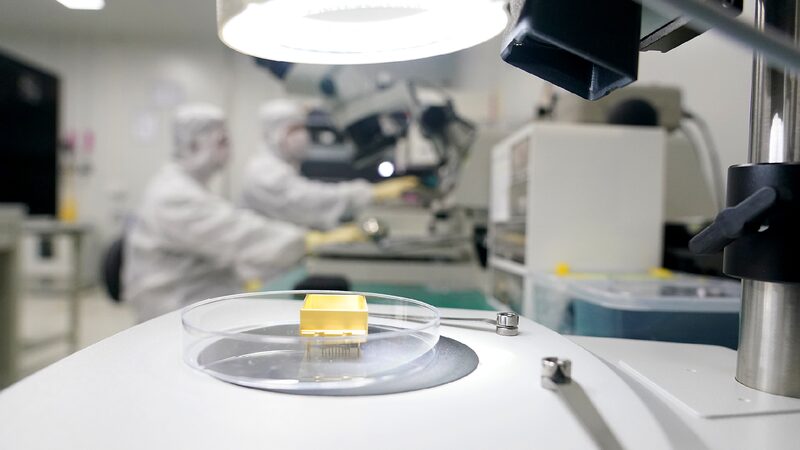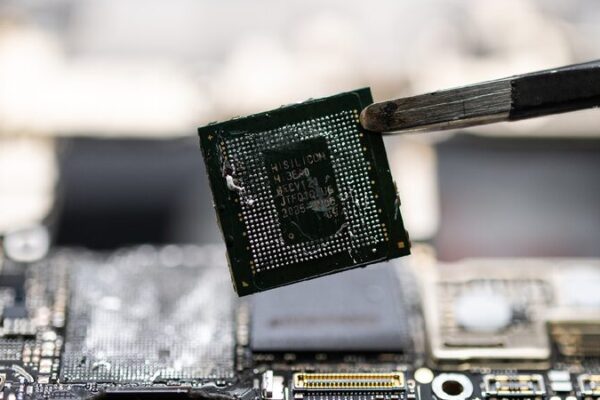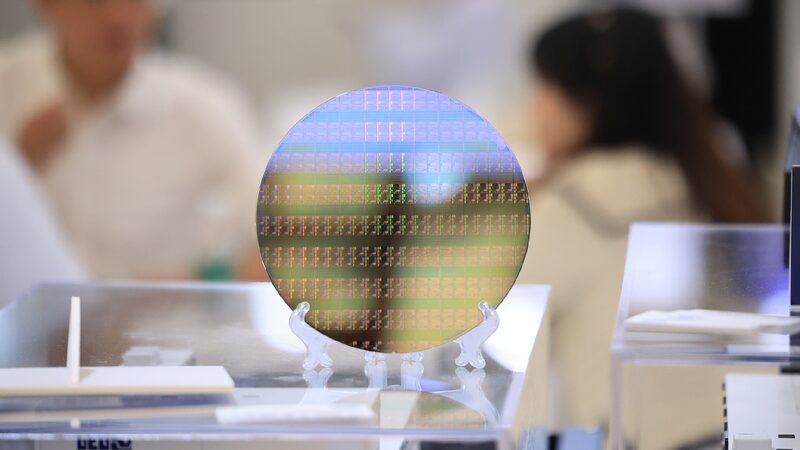The semiconductor industry is at the heart of our modern world. From the smartphones in our pockets to the advanced systems that keep our cities running, tiny chips make it all possible. But recent actions threatening the global chip supply chain could have consequences for everyone.
A Global Effort
Creating semiconductors isn’t a one-country job. It involves designers, manufacturers, and suppliers from all over the world. According to research, 39 countries directly participate in making these chips, each playing a crucial role.
The Role of the Chinese Mainland
The Chinese mainland is not just the largest consumer of semiconductors; it’s also a key player in making essential components. Companies there excel in packaging, testing, and manufacturing, making them indispensable in the global supply chain.
Disruptions and Their Impact
Since 2022, moves to restrict the Chinese mainland’s involvement in the semiconductor industry have started to shake this delicate balance. These actions can lead to shortages, increased costs, and slowed innovation—not just in one country but globally.
Why It Matters to You
For young people everywhere, this isn’t just about economics or politics. Disruptions in the chip supply chain can affect the technology we rely on daily. Imagine more expensive gadgets, slower internet, or delays in getting the latest tech.
A Call for Cooperation
The semiconductor industry thrives on global collaboration. Working together ensures better technology, lower costs, and benefits for everyone. Fragmenting this network could set back progress and hinder the innovations that shape our future.
The Way Forward
Instead of building walls, building bridges can lead to shared success. By promoting cooperation and understanding, countries can ensure that the semiconductor industry continues to flourish, driving technological advancements that improve lives around the world.
Reference(s):
Breaking the global semiconductor supply chain: Counterproductive
cgtn.com








